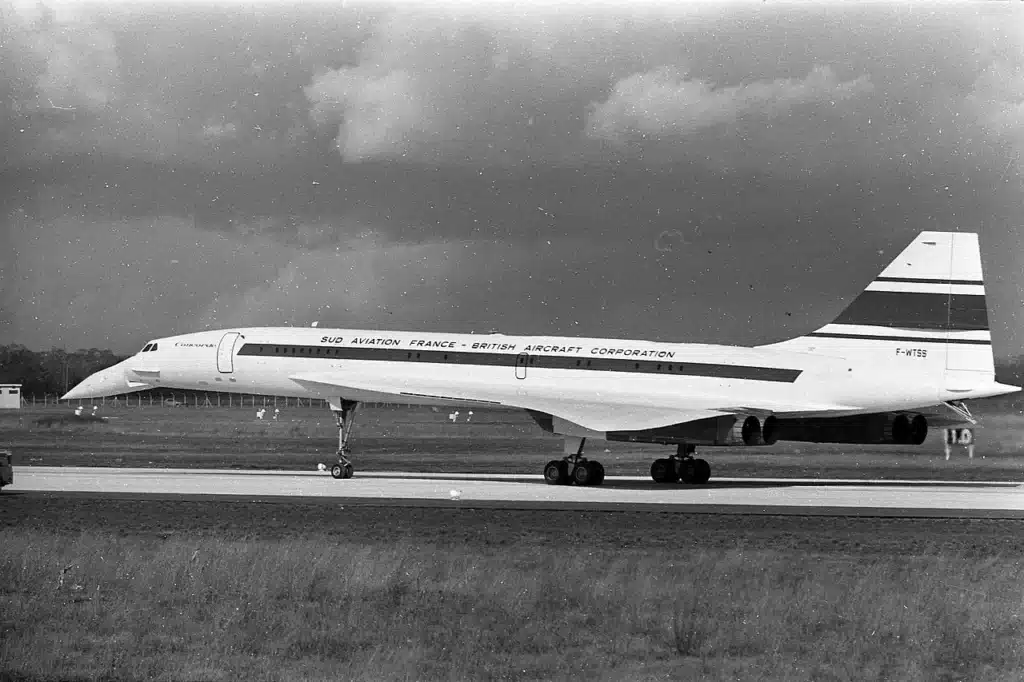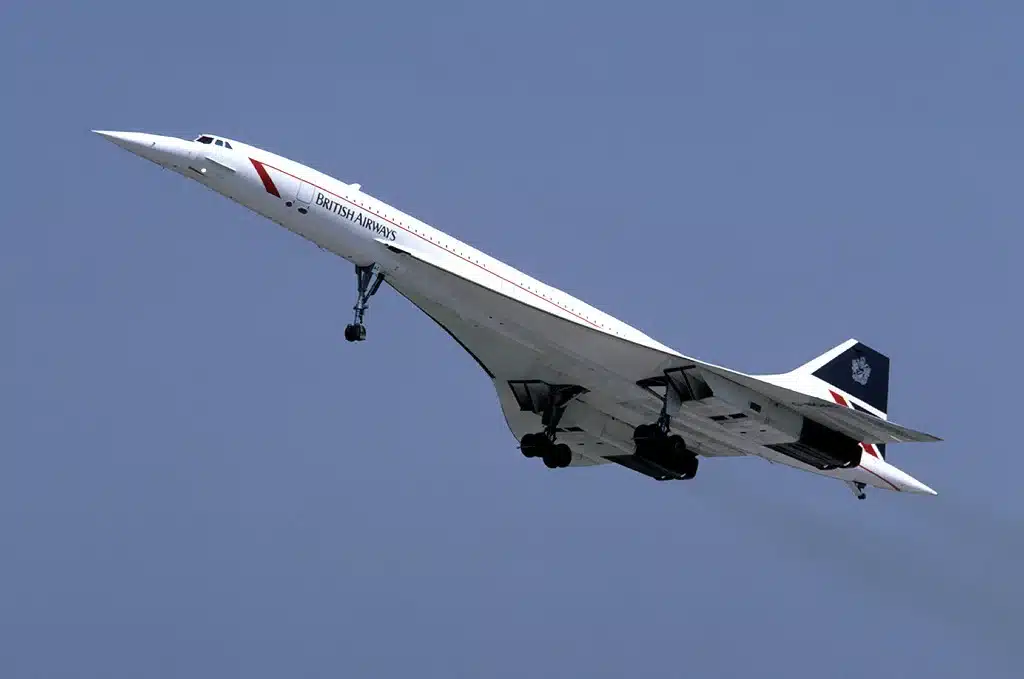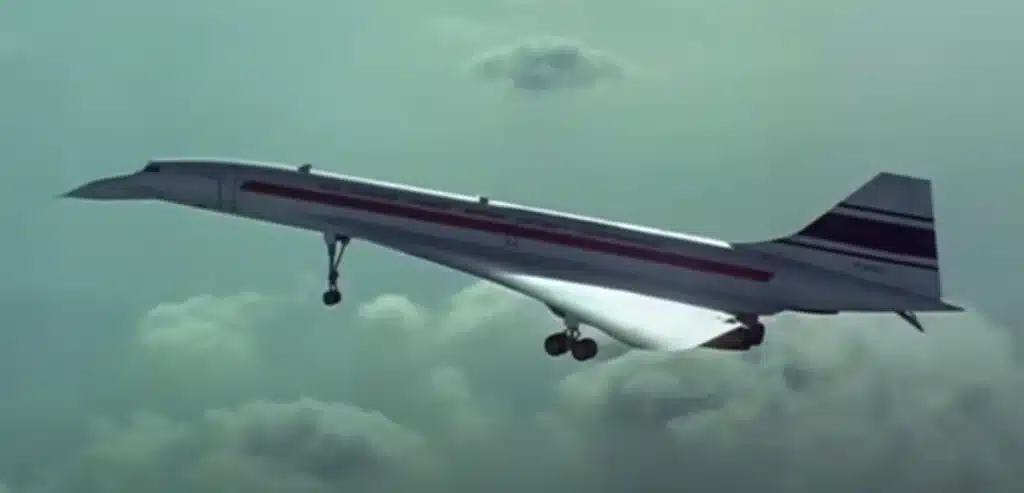Footage shows Concorde’s first ever take-off in 1969
- Concorde first took to the sky in 1969
- It came after years of troubled development
- Seven years later, it would start being used in commercial flights
Published on Sep 23, 2024 at 5:04 PM (UTC+4)
by Ben Thompson
Last updated on Sep 24, 2024 at 3:05 PM (UTC+4)
Edited by
Tom Wood
This footage shows the moment that Concorde had its first take-off back in 1969.
The date was March 2 1969, and the supersonic Concorde made its maiden flight.
This British-French collaboration first took to the air from Toulouse, France and remained in the air for 27 minutes.
It would take another seven years for the plane to start doing commercial flights.
DISCOVER SBX CARS: The global premium car auction platform powered by Supercar Blondie
The first Concorde flights
Concorde was a big deal in the world of aviation and remains the benchmark for high speed travel.
Even this year, a plane dubbed the ‘Son of Concorde’ has been getting a lot of press attention.
Concorde spent years in the making but finally became airborne after French pilot André Turcat took it to the sky.
It first saw action in the UK a month later in April 1969, when it was flown near Bristol.

Thousands of spectators watched as it was flown by veteran RAF pilot Brian Trubshaw.
It was a collaboration between the British Aerospace Corporation and the French company Sud Aviation.
Concorde was the result of a 1962 international treaty in which the two countries vowed to design and build supersonic aircraft together.
How was the plane received at the time?
At the time of its debut, Concorde was not particularly well received by higher-ups.
It was branded an ‘ungainly goose’ by The New York Times, whilst The Economist branded it ‘an economic disaster’.

In 1964, the UK government had attempted to withdraw from the treaty binding them to work on supersonic aircraft.
The French government threatened to withdraw all diplomatic communications from London, pushing the Brits to carry on with Concorde.
Even after its test flights, the UK government were not convinced Concorde would have been a moneymaker.

In the 1970s, they only managed to sell Concordes to British Airways and Air France.
Economic troubles led to its debuting three years behind schedule and costing $1.73 billion – much higher than the estimated $93 million.
Ultimately, the plane would be in operation between 1976 and 2003.
It played host to famous and wealthy passengers, but was surprisingly unglamorous.





